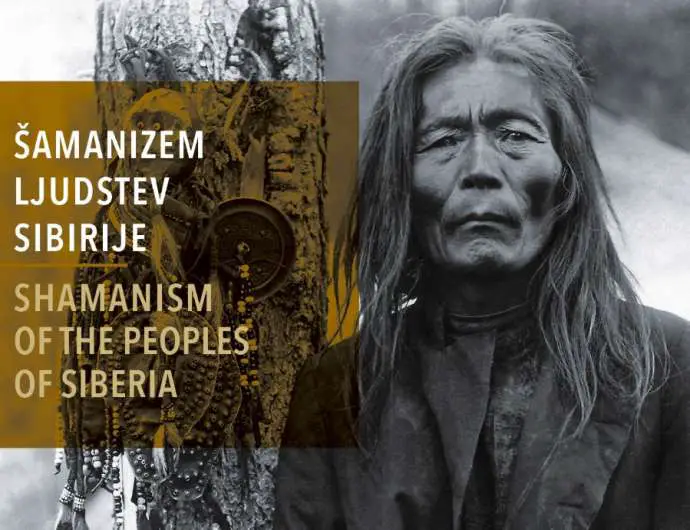STA, 17 April 2019 - A visiting exhibition on shamanism in Siberia, put on by the Russian Museum of Anthropology and Ethnography in Saint Petersburg, is opening at the Ethnographic Museum in Ljubljana on Wednesday. The exhibition presents the culture and shamanism of 18 indigenous peoples of Siberia and the Russian Far East.
The exhibition casts light on the basic element of shamanism, which is characterised by a special concept of the world whose structure is made up of three parts - the Upper World (the sky, where the gods live), the Middle World (Earth, where people live) and the Under World (the world of the dead).
The three worlds are interlinked by a central axis (axis mundi), whose symbol is the tree of the world, which shamans use to make their drums, the author of the exhibition Valentina V. Gorbacheva of the Russian museum said.
According to the director of the Slovenian Ethnographic Museum, Tanja Roženbergar, the exhibition presents "the extraordinary yet little known phenomenon of shamanism that speaks of unity between man and nature and the entire universe".
Gorbacheva said that 18 out of the 45 indigenous peoples living in Siberia and the Russian Far East were presented. They all share a very close connection with nature and respect for natural spirits.
The shaman is considered an intermediary between humans, nature and the spirit world. He or she was the guardian of rare knowledge and traditions, chosen by spirits. In a ritual known as kamlanie, the shamen achieved a state of ecstasy and connected with the world of the spirits.
The exhibition features 80 rare ethnographic objects such as a ritual cloak made out of fish skin, ritual masks and small sculptures, and 45 archive photographs from the Russian Ethnographic Museum, which portray the spiritual culture of the Siberian peoples from the late 19th and the first half of the 20th centuries.
The final part of the exhibition reveals the connections between shamanism and Christianity and Buddhism.
The exhibition, which will be open until 20 October, will be accompanied by various discussions, film screenings, musical events, workshops and a programme for children and families.
All our stories on the Ethnographic Museum are here, while our regular guides to What’s on in Ljubljana are here






